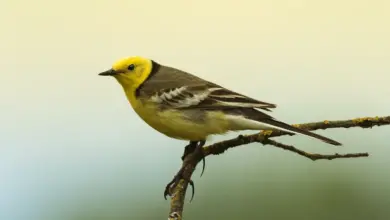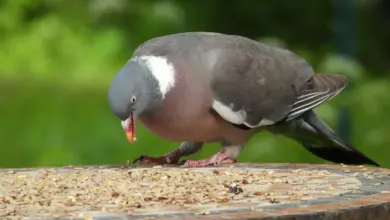Cape Sable Seaside Sparrows
Cape Sable Seaside Sparrows
American Sparrows … Old World Sparrows
Members of the Emberizidae Family
(Please also see: Juncos and Towhees)
The Cape Sable Seaside Sparrows (Ammodramus maritimus mirabilis) is a sub-species of Seaside Sparrow endemic to southern Florida. The largest populations are found in Taylor Slough in Everglade National Park and in the Big Cypress Swamp.
Description
Cape Sable Seaside Sparrows are about 13 centimeters (5 inches) long.
The back is dark olive-gray and the tail and wings are olive-brown. Adults are light gray on the belly to almost white with dark olive-gray streaks on the breast and sides.
Habitat
The Cape Sable Seaside Sparrows lives on the prairies of the Everglades and the Big Cypress Swamp. (Prairies are grasslands subject to frequent fires which limit the growth of trees. Dry prairies flood after heavy rains. Wet prairies are flooded from two to five months each year.)
Specific habitats for the sparrows on the prairies are stands of muhly grass (Muhlenbergia filipes), short sawgrass (Cladium jamaicense), tall, clumped cordgrass, and relatively spares low cordgrass.
Status
The Cape Sable Seaside Sparrows species is considered endangered due to habitat loss from vegetation changes, fire, development, alteration of water flow, and hurricanes.
Copyright: Wikipedia. This article is licensed under the GNU Free Documentation License. It uses material from Wikipedia.org … Additional information and photos added by Avianweb.
Please Note: The articles or images on this page are the sole property of the authors or photographers. Please contact them directly with respect to any copyright or licensing questions. Thank you.





